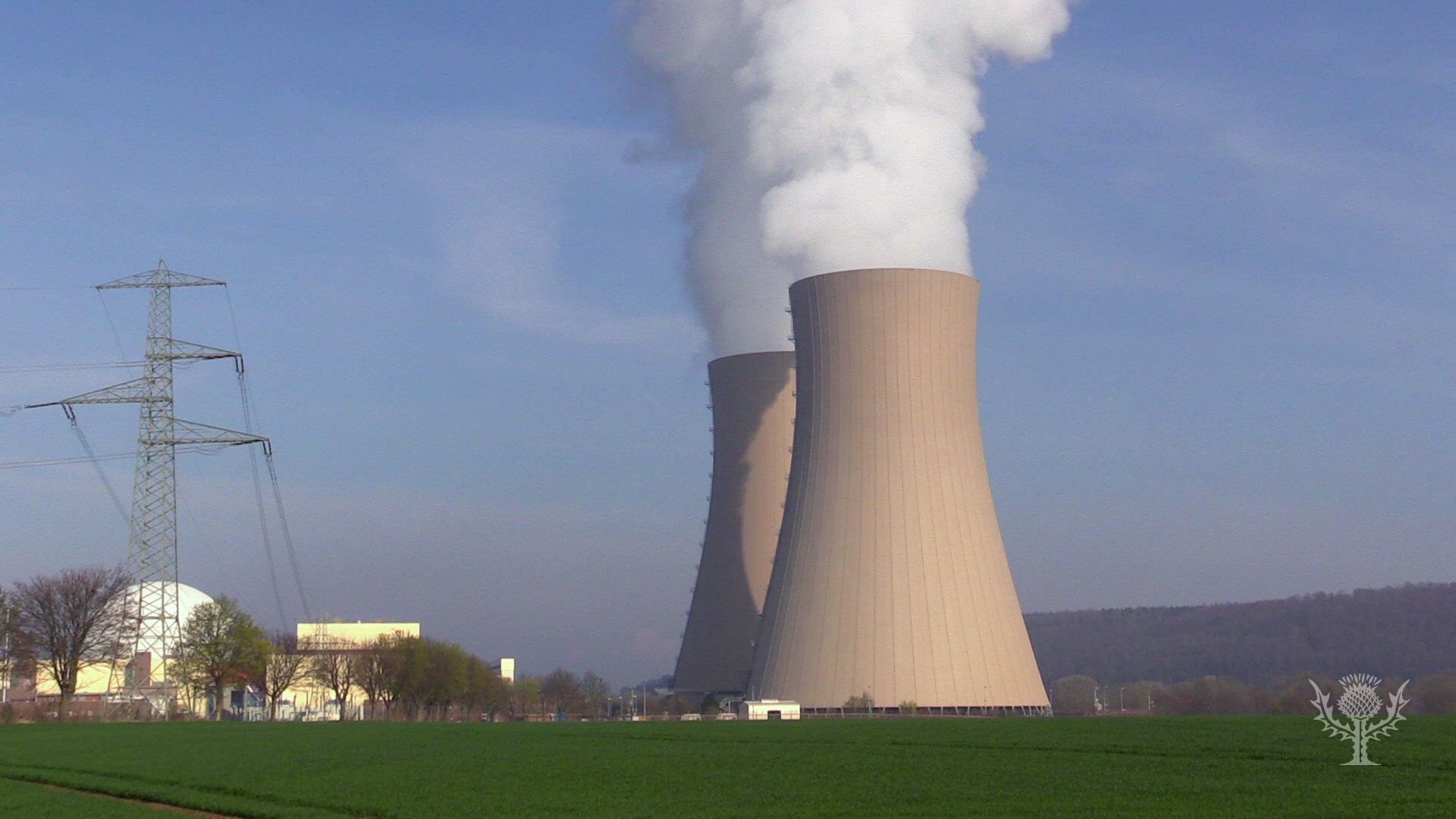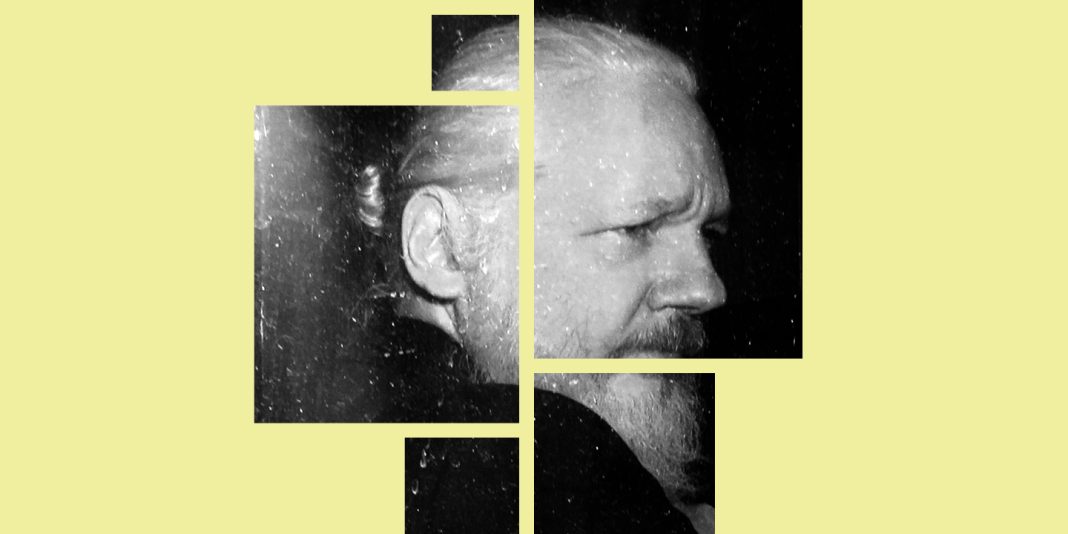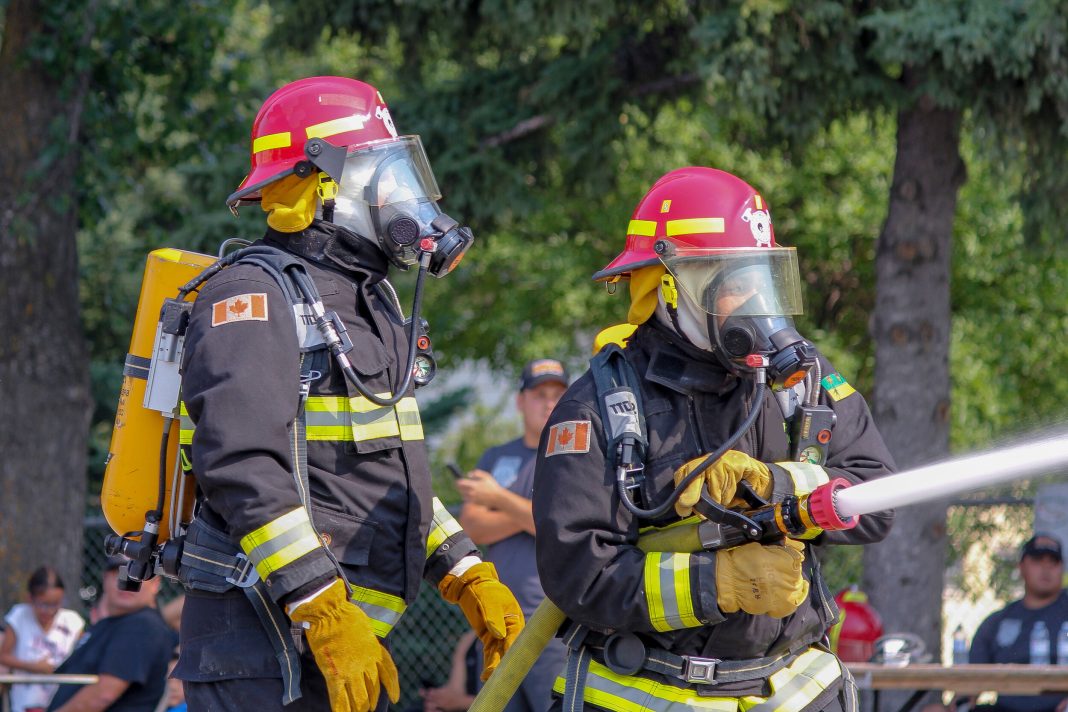 Australia, Kazakhstan, and Canada are the top three countries with the most uranium reserves in the world. Australia alone possesses 28 percent of the world’s uranium resources, making it the leading country in terms of reserves. Despite this abundant supply, Australia currently bans nuclear power generation. However, the topic of developing nuclear power plants locally has gained traction recently, particularly with the federal opposition party pledging to build seven facilities if they come into power.
Australia, Kazakhstan, and Canada are the top three countries with the most uranium reserves in the world. Australia alone possesses 28 percent of the world’s uranium resources, making it the leading country in terms of reserves. Despite this abundant supply, Australia currently bans nuclear power generation. However, the topic of developing nuclear power plants locally has gained traction recently, particularly with the federal opposition party pledging to build seven facilities if they come into power.
During a Senate session on June 24, Shadow Foreign Minister Simon Birmingham questioned Trade Minister Don Farrell about the percentage of global uranium deposits in Australia. Mr. Farrell confirmed that Australia holds 28 percent of the world’s uranium resources. When asked if he supports increasing uranium mining and exportation, Mr. Farrell responded affirmatively.
Companies involved in uranium mining in Australia include BHP, Paladin Energy, Boss Energy, Deep Yellow, and Bannerman Energy. The fact that Australia is a major exporter of uranium while simultaneously banning its use domestically has raised questions. In an Instagram video, Mr. Birmingham highlighted that 19 out of 20 of the world’s largest economies are currently using or planning to use nuclear energy. He emphasized the irony of Australia having a significant uranium supply but not utilizing it within its own borders.
Australia’s ban on nuclear power was established in 1998 after an amendment proposed by the Greens to the Howard government’s legislation for a nuclear research reactor at Lucas Heights was accepted. However, Opposition Leader Peter Dutton’s proposal to build seven nuclear reactors is likely to overturn this ban. The proposed locations include power stations in New South Wales, Victoria, Queensland, South Australia, and Western Australia. The plan aims to replace retiring coal-fired power stations with nuclear facilities, with the first one expected to be operational by the 2030s.
Dutton’s plan emphasizes job retention and creation. He promises that most coal plant workers will keep their jobs as they transition to nuclear plants, and additional higher-paying jobs will be created. He envisions communities hosting nuclear power plants becoming centers for new industries, manufacturing, and investment. Dutton also argues that his plan will be significantly more cost-effective than the government’s current energy plan.
However, Labor state premiers have expressed opposition to the Coalition’s nuclear plan. Dutton remains undeterred, asserting that Commonwealth laws override state laws and that the new energy system will be implemented regardless of state opposition. Prime Minister Anthony Albanese has also voiced disinterest in the proposal, citing the lack of detailed costings, uncertainty regarding the type and number of reactors to be built, and challenges related to waste management. He argues that nuclear power is the most expensive form of new energy and would cause a delay in transitioning until the 2040s.
In conclusion, Australia’s significant uranium reserves have reignited the debate on nuclear power generation within the country. While Australia currently bans nuclear power, the federal opposition party plans to build seven nuclear reactors if they come into power. The proposal aims to replace retiring coal-fired power stations, create new job opportunities, and boost local economies. However, state premiers and the current prime minister express reservations due to various concerns such as cost, reactor specifications, waste management, and existing bans on nuclear power.


